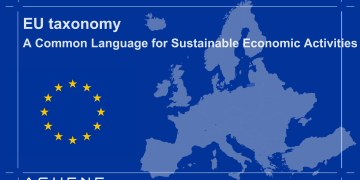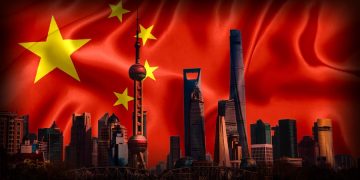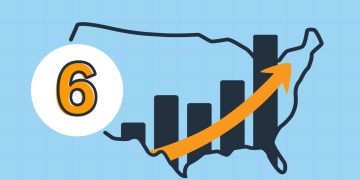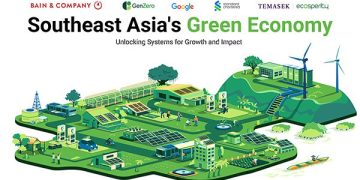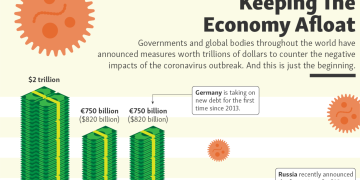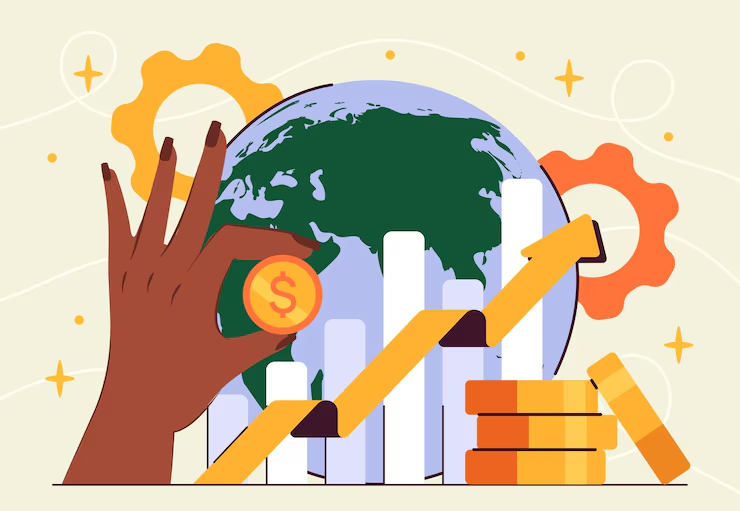- The U.S. Leads With High Rates and Strong Dollar Dominance
The Federal Reserve remains firmly in a “higher-for-longer” posture, creating a gravitational pull toward USD assets.
This:
- strengthens the dollar
- drains global liquidity
- pressures emerging market currencies
- increases funding costs worldwide
- redirects capital into U.S. markets
The dollar is not weakening—if anything, its dominance is intensifying.
- Europe Faces a Weak Cycle and Policy Constraints
The ECB is synchronized with neither the U.S. nor Asia:
- inflation remains stubborn
- growth is fragile
- fiscal space is limited
- high energy costs persist
- industrial output struggles
Europe wants to ease policy—but inflation dynamics prevent aggressive cuts.
The euro remains vulnerable.
- Asia Is a Patchwork of Diverging Monetary Strategies
Asia is not a unified region from a monetary standpoint:
- China injects liquidity selectively
- Japan edges toward normalization
- India maintains a cautious tightening stance
- ASEAN navigates inflation with mixed policies
This divergence complicates capital flows and increases volatility in FX markets.
III. Geopolitical Realignment: Finance as a Strategic Weapon
- Sanctions Are Reshaping Global Financial Networks
Western sanctions on Russia have accelerated the development of alternative systems:
- new interbank messaging networks
- non-USD settlement mechanisms
- regional liquidity pools
- cross-border digital currency experiments
Countries now actively prepare sanction-proof financial infrastructure.
- Supply Chains Are Becoming Geopolitical Chains
Capital follows supply chains.
As manufacturing relocates:
- FDI flows shift
- industrial financing increases in new hubs
- commodity trade corridors change
- energy financing patterns reorganize
The result is a more segmented investment landscape.
- Energy Geopolitics Is Reinforcing Financial Fragmentation
The global energy map has split into:
- the U.S. LNG bloc
- Middle Eastern petro-finance systems
- Europe’s renewable-financed transition
- Asia’s mixed energy portfolio
Energy financing increasingly reflects geopolitical alliances—not pure market logic.
IV. Technological Disruption: Finance Is Becoming Multipolar Through Innovation
- The Rise of Digital Currencies (CBDCs)
Over 130 countries are developing or testing CBDCs.
This new architecture reduces reliance on legacy networks like SWIFT and gives states more control over:
- cross-border payments
- monetary sovereignty
- capital flows
- sanctions compliance
- financial surveillance
- Tokenized Assets and Instant Settlement
Tokenization is transforming:
- bond issuance
- real estate financing
- private equity
- trade finance
- central bank collateral systems
Real-time settlement increases transparency but reduces liquidity buffers, raising new systemic risks.
- AI-Driven Financial Stability Tools
Governments and institutions are rapidly implementing AI systems for:
- risk detection
- early warning
- automated regulation
- financial fraud monitoring
- cyber-defense
Technology no longer merely supports finance; it defines it.
V. The Global South: Rising Influence and New Financial Institutions
- Emerging Markets Are No Longer Passive
Countries in the Global South are:
- forming new trade blocs
- creating alternative financing institutions
- moving toward multi-currency settlement
- demanding greater IMF and World Bank representation
- investing in local capital markets
- BRICS Expansion Is a Major Macro Trend
The expansion of BRICS marks a structural shift in global finance:
- rising non-USD commodity pricing
- cross-border local currency settlements
- new infrastructure financing channels
- growing importance of sovereign wealth funds
- Sovereign Wealth Funds as Power Brokers
SWFs from the Middle East and Asia now influence:
- technology markets
- global real estate
- venture capital
- fintech ecosystems
- green energy finance
They are becoming the new “super-investors” of global markets.
VI. Cross-Border Capital Flows: More Volatile, More Political
- Outflows From Europe and China, Inflows Into the U.S.
Current capital flow trends show:
- massive inflows into U.S. equities and bonds
- persistent outflows from Europe
- cautious outflows from China
- reallocation into India and ASEAN
- increased flows to commodity exporters

- Portfolio Flows Have Become Extremely Sensitive
Markets react more aggressively to:
- interest rate differentials
- geopolitical tensions
- supply chain announcements
- commodity shocks
- policy speeches
Volatility is not a temporary phenomenon—it is the new baseline.
- Long-Term Capital Commitments Decline
Private equity and venture capital markets face:
- reduced fundraising
- lower valuations
- longer exit timelines
- more stringent due diligence
- geographic restrictions on investment
Long-term capital is becoming more cautious and more regional.
VII. The Sovereign Debt Time Bomb
Global sovereign debt is at historic highs.
- Advanced Economies Face Fiscal Stress
The U.S., UK, France, and Italy all show:
- rising interest burdens
- expanding deficits
- political resistance to austerity
- concerns over long-term debt sustainability
- Developing Economies Are Near Crisis Thresholds
Over 50 countries are now in:
- restructuring
- pre-default negotiation
- IMF assistance
- severe FX pressure
- unsustainable interest obligations
Debt stress is becoming systemic, not regional.
- The Bond Market Is Becoming a Source of Global Risk
Bond markets were once stabilizers; now they are destabilizers:
- sudden yield spikes
- liquidity shortages
- algorithmic trading amplifiers
- loss of traditional market makers
Bond volatility today rivals equity market volatility.
VIII. Energy and Commodities: The New Financial Battleground
- Commodity Trade Bypasses Traditional Systems
More commodity transactions are settling in:
- CNY
- AED
- INR
- bilateral swap lines
- local currency payment systems
This shifts liquidity away from the dollar-centric system.
- Green Transition Is Rewiring Capital Allocation
Capital is flooding into:
- renewable infrastructure
- battery metals
- energy storage
- grid modernization
- clean technology manufacturing
But fossil fuel underinvestment creates supply risks that feed inflation.
IX. Market Behavior: A New Psychology of Fragmentation
- Investors Now Operate in “Multiple Markets” Simultaneously
Global markets no longer behave as one unit.
Investors must navigate:
- Western market cycles
- Asian liquidity cycles
- commodity-based cycles
- technology-driven cycles
- geopolitical cycles
- Risk Pricing Is No Longer Universal
The same company, bond, or commodity can be priced differently depending on:
- the region
- the trading platform
- the clearing system
- the settlement currency
- regulatory constraints
Fragmentation is reshaping asset valuation itself.
X. What the Next Decade Looks Like: Three Possible Worlds
Scenario 1: “Two Financial Blocs” (Highly Likely)
A Western bloc and an Asian/BRICS bloc operate parallel financial systems.
Scenario 2: “Network Fragmentation” (Already Happening)
Multiple overlapping networks, currencies, and standards coexist with limited interoperability.
Scenario 3: “Reintegration” (Low Probability)
A shock drives global coordination—but this requires political alignment that is unlikely.
XI. Conclusion: A Financial World That Will Never Fully Reconnect
The global financial system is not collapsing—it is reorganizing.
But unlike past cycles, this is not a temporary divergence.
It is the emergence of a permanently multipolar financial world.
Key forces driving fragmentation: - geopolitical rivalry
- technological sovereignty
- divergent monetary cycles
- rising debt burdens
- energy realignment
- capital flow volatility
- competing payment infrastructures
The next generation of global finance will be defined not by unification but by coexistence of multiple systems.
To navigate this new world, policymakers and investors must: - understand regional liquidity cycles
- monitor geopolitical linkages
- adapt to technological change
- hedge against sovereign risk
- diversify currency exposure
- anticipate regulatory fragmentation
This is the beginning of a new era—one where global finance is no longer a single system, but a mosaic of interconnected yet increasingly independent networks.
















